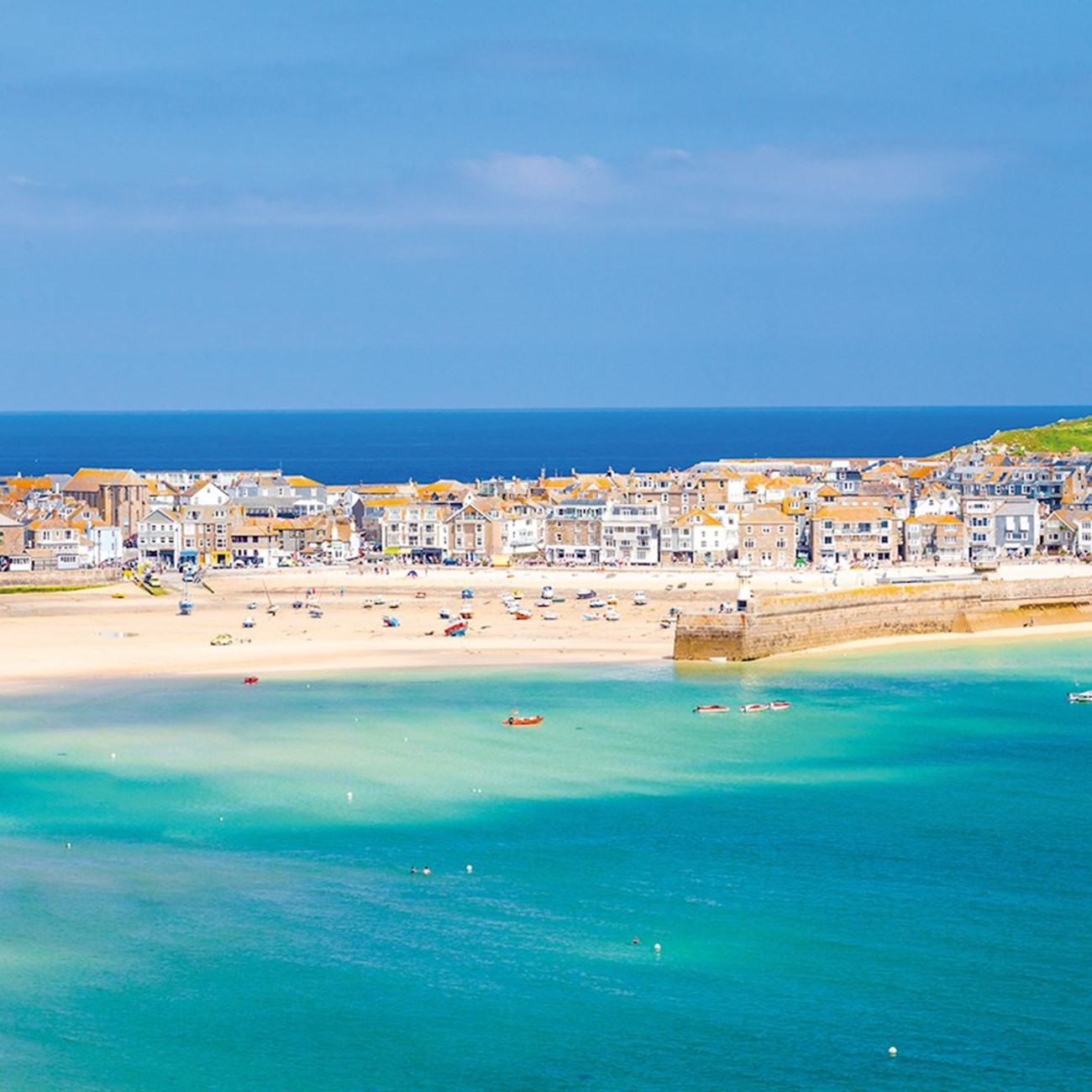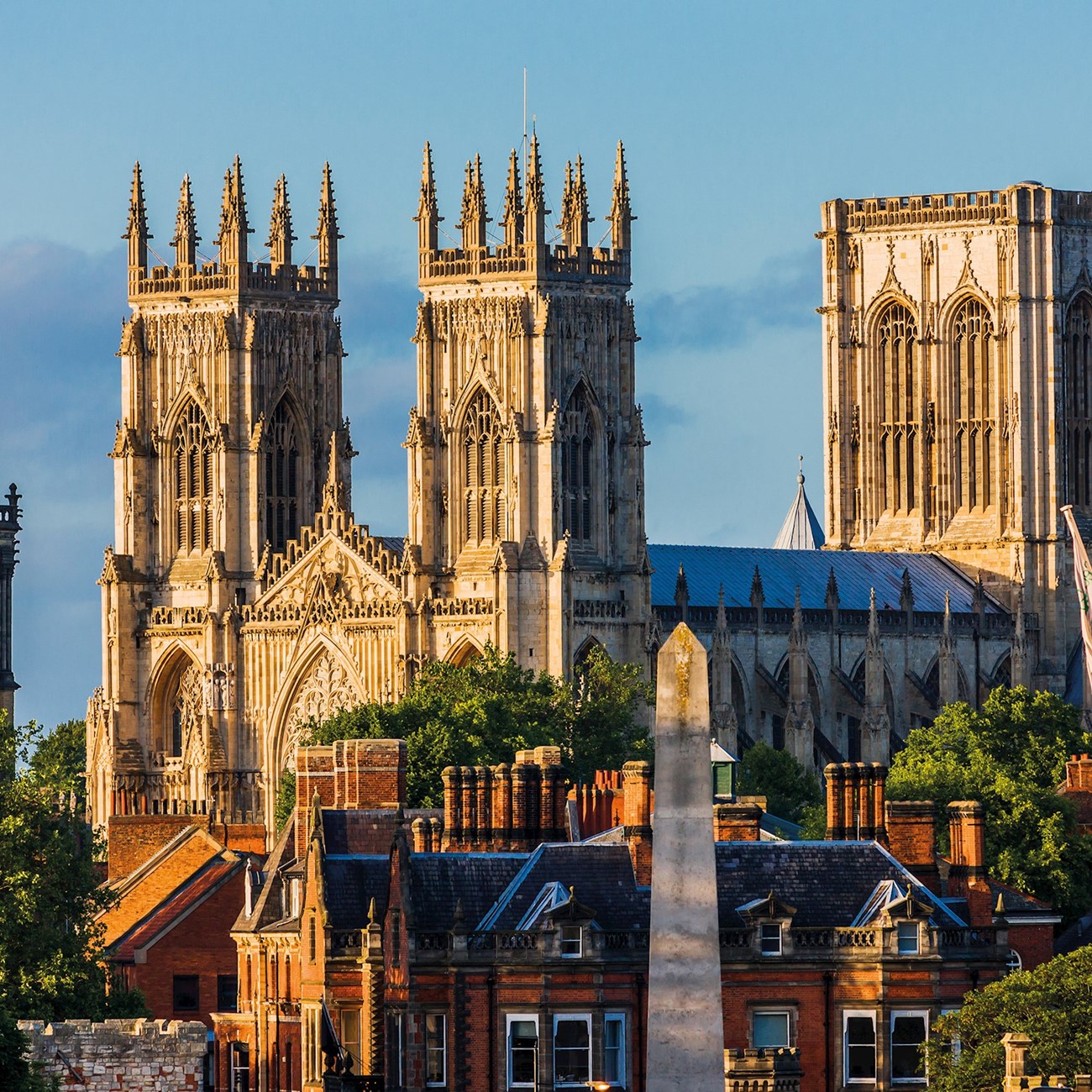Peek Inside the Homes of Britain's Literary Heroes, by Historian Alice Loxton
Jane Austen: 25 Little-Known Facts About Britain’s Most Beloved Author
Few authors have captured the wit, romance, and social satire of the 18th and 19th centuries quite like Jane Austen. From her beloved Pride and Prejudice to the posthumously published Persuasion, her novels continue to enchant readers worldwide. If you’re a devoted admirer of this iconic author, you’ll love this collection of Jane Austen facts—covering her family life, works, education, and legacy.
Whether you’re retracing her steps on one of our England tours, visiting Bath (the city she once called home), or exploring stately manors that inspired her novels, Jane Austen’s world still feels alive today.
1. She was born in Hampshire
Jane Austen entered the world in Steventon, a small Hampshire village where her father served as rector. Born into a modest but cultured household, she absorbed the rhythms of rural English life that would later shape the backdrops of her novels.
When was Jane Austen born?
She was born on 16 December 1775, during the Georgian period of British history: a time of elegance, social change, and global upheaval under the reigns of the four King Georges. Enlightenment ideas and the early stirrings of the Industrial Revolution were reshaping society, creating a backdrop of refinement, shifting class structures, and rapid change which would inform the wit and irony of her novels. As her writing career unfolded, the Georgian era gave way to the Regency period (1811–1820), famous for its lavish balls and glittering social life; precisely the world Austen immortalized in Pride and Prejudice, Emma, and her other works.
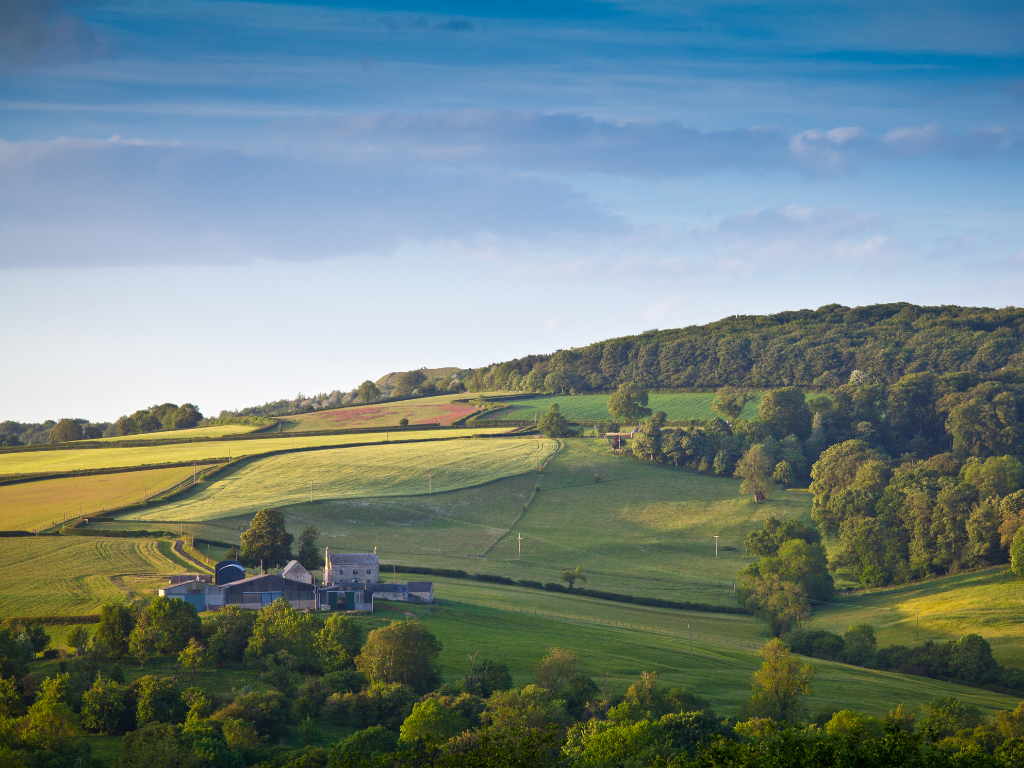
2. She was the seventh of eight children
Jane was the seventh of eight siblings. Her six brothers went on to careers in the navy, clergy, and banking, while her one sister, Cassandra, became her closest friend. Their bond was so profound that Cassandra safeguarded Jane’s reputation even after death by destroying many of her private letters.
Where did Jane Austen live?
She lived in Steventon, Bath, Southampton, and finally Chawton, where she wrote many of her famous works.
3. Her early education was at home and boarding school
Although women’s education was limited in the 18th century, Jane’s father George Austen encouraged her learning. She read voraciously and began writing as a child. Brief stints at boarding school with Cassandra in Oxford and Reading ended when the family could no longer afford the fees, but Jane’s self-education proved invaluable.
4. She started writing at a young age
By her teens, Austen was already composing stories, plays, and satires for her family’s amusement. These early works, known collectively as the “Juvenilia,” include Love and Friendship and the first version of Elinor and Marianne, which would later evolve into Sense and Sensibility.
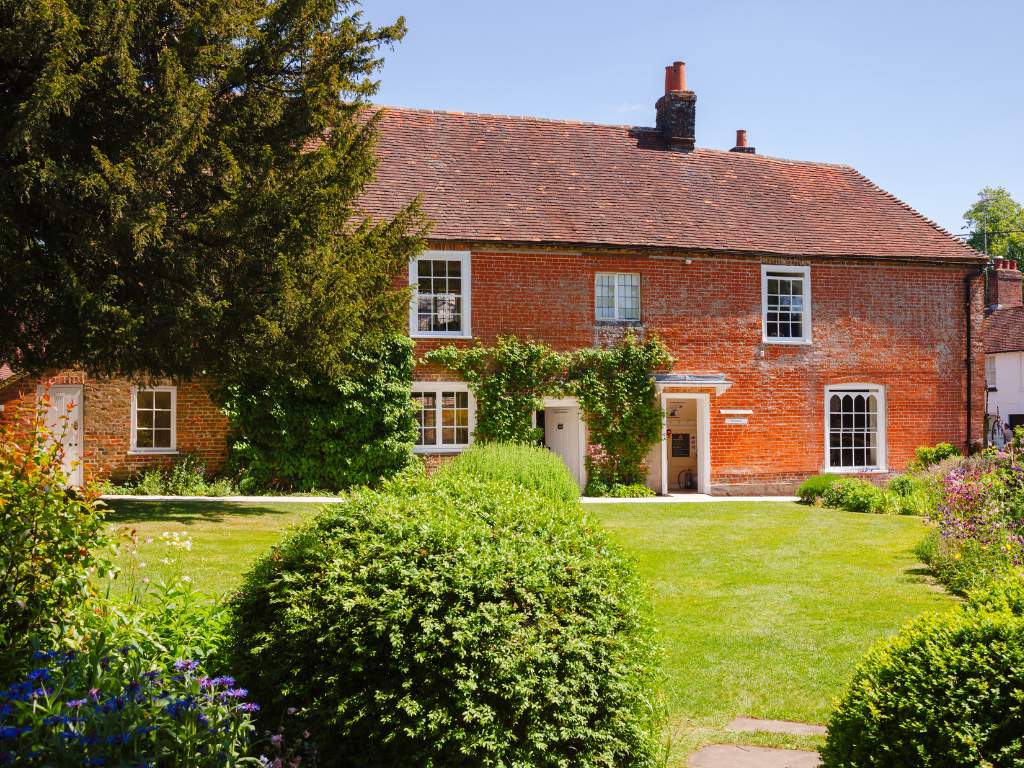
5. Pride and Prejudice was not the book’s original title
In 1796, Austen began drafting a novel titled First Impressions. Publishers initially rejected it, but she returned to revise it years later. With sharper wit and greater polish, it re-emerged in 1813 as Pride and Prejudice—now one of the most beloved works in English literature.
6. Her first published novel was Sense and Sensibility
Austen’s publishing career began with Sense and Sensibility in 1811, released by Thomas Egerton. Credited simply to “A Lady,” the book was well received, with critics praising its balance of romance and realism.
You may also like: Best Cities in the UK to Visit This Year
7. She published anonymously
Social conventions discouraged women from attaching their names to published works. For this reason, Austen’s novels appeared anonymously during her lifetime. Only after her death did readers learn the true identity of their author.
8. She took modest payment for Pride and Prejudice
Jane sold the copyright of Pride and Prejudice outright for £110. Considering its enduring global success this was a poor return, but it was not unusual in an era when authors often had little control over their works.
9. She completed six novels
Jane Austen’s literary canon includes classics like Sense and Sensibility and Pride and Prejudice. But how many books did Jane Austen write? The answer is six novels in total, alongside unfinished manuscripts. The other books in her oeuvre are Mansfield Park, Emma, Northanger Abbey, and Persuasion. Each novel examined class, gender, and morality with her trademark blend of irony and empathy.
10. Her unfinished works remain
Jane’s early fragment The Watsons and her final incomplete novel Sanditon tantalize scholars and fans alike. Adaptations of Sanditon on stage and screen show just how much readers long for more of Austen’s voice.
11. Many of her novels started life with different titles
Many of her novels began with working titles. Northanger Abbey was originally Susan, while Sense and Sensibility started life as Elinor and Marianne.
12. Jane Austen never married
In December 1802, Jane accepted a proposal from Harris Bigg-Wither, a wealthy but unromantic suitor. By the next morning, she had changed her mind, preferring independence over financial security. Her decision has fueled centuries of speculation about her personal views on love and marriage.
13. Her father died in 1805
The death of George Austen left Jane, Cassandra, and their mother in financial hardship. They relied heavily on the generosity of Jane’s brothers until Edward Austen Knight provided them a permanent home in Chawton.
14. She had a strong sibling bond
Jane and Cassandra were inseparable. They shared rooms, exchanged letters daily, and supported each other emotionally through grief and uncertainty. Cassandra later destroyed many of Jane’s letters, likely to protect her sister’s privacy.
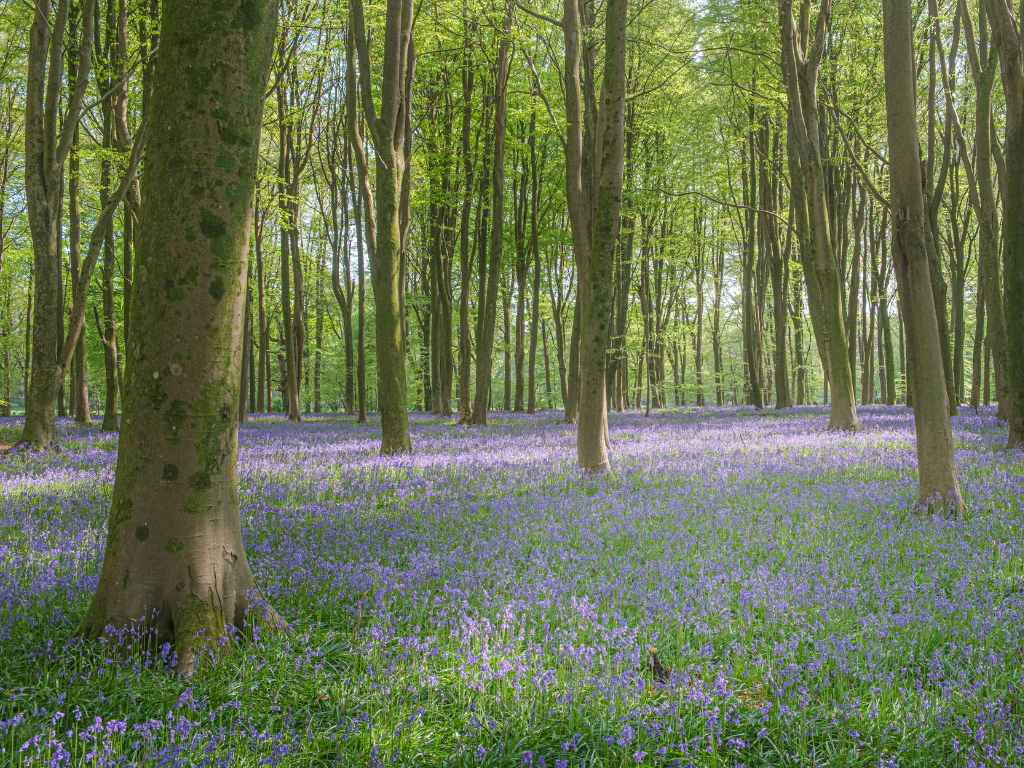
15. There’s a mystery around her middle name
Unlike many of her contemporaries, Jane Austen had no middle name. This absence has sparked small curiosities among biographers, though it may simply have reflected her family’s modest traditions.
16. Her health declined in her 40s
In early 1816, Austen began to feel unwell. By the spring of the next year, her condition had declined and she died on 18 July 1817.
How old was Jane Austen when she died?
Jane Austen died at just 41 years old.
17. It’s still unclear as to how she died
The cause of death remains uncertain; Addison’s disease or arsenic poisoning are the leading theories.
Where is Jane Austen buried?
Jane Austen is buried in Winchester Cathedral, a fittingly grand resting place for such a literary giant. Visitors today can see her tombstone, which initially made no mention of her being a novelist, an omission later corrected by memorial plaques.
18. She wrote of love but never experienced it fully
Although her novels revolve around romance, Austen herself never married. She may have experienced affection for Tom Lefroy, an Irish lawyer, but circumstances—and his lack of fortune—prevented a union.
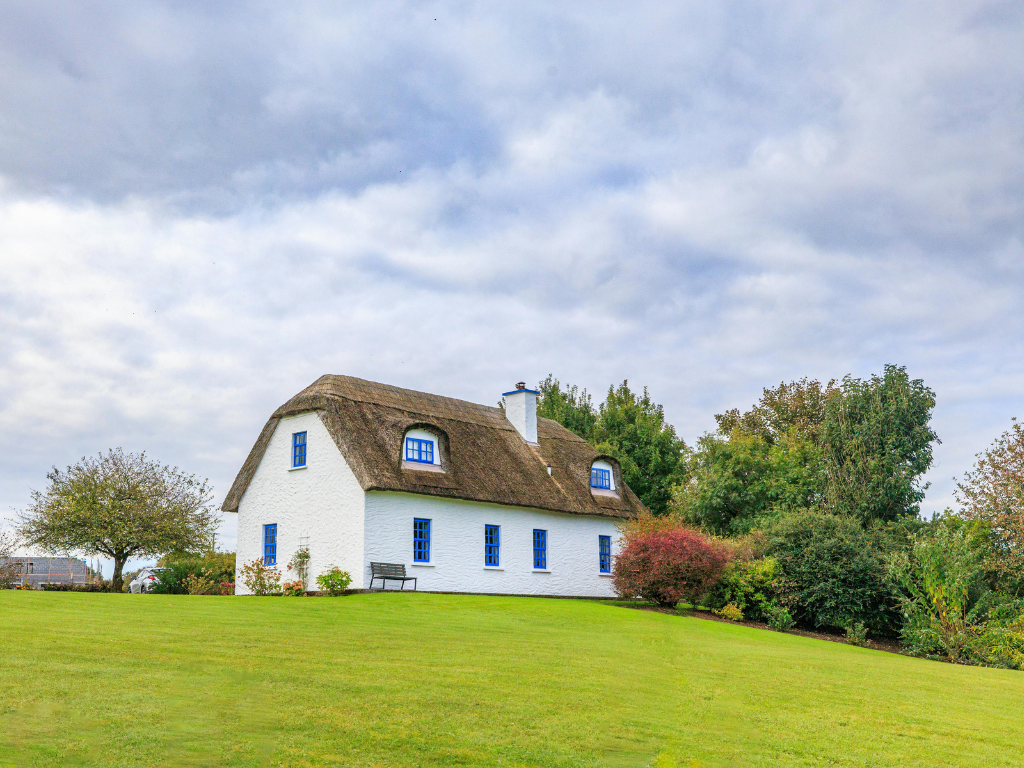
19. There are only 14 kisses across her six novels
Across her novels, there are only 14 recorded kisses. In true Austen style, the real passion lies not in physical displays but in sparkling dialogue, simmering tension, and the eventual reward of mutual understanding.
20. Her novels have been translated worldwide
From Japanese manga adaptations to Arabic translations, Austen’s works appear in more than 40 languages. This global reach reflects the timeless appeal of her characters and the universality of her themes.
Save up to $3,000* per couple on your first Premium Tour
Plus receive latest offers, travel inspiration, and discover how your travels will make a positive impact. Together, WE MAKE TRAVEL MATTER®. Subscribe Now21. There have been countless adaptations of her novels
From faithful BBC period dramas to bold reinterpretations like Clueless (1995, based on Emma), Austen’s works have inspired more than 100 film and TV adaptations. Each retelling introduces her to new audiences.
22. She is in the National Portrait Gallery
The only verified portrait of Jane Austen is a sketch by Cassandra, which is now housed in the National Portrait Gallery in London. Though modest in execution, it remains the most authentic glimpse of her features.
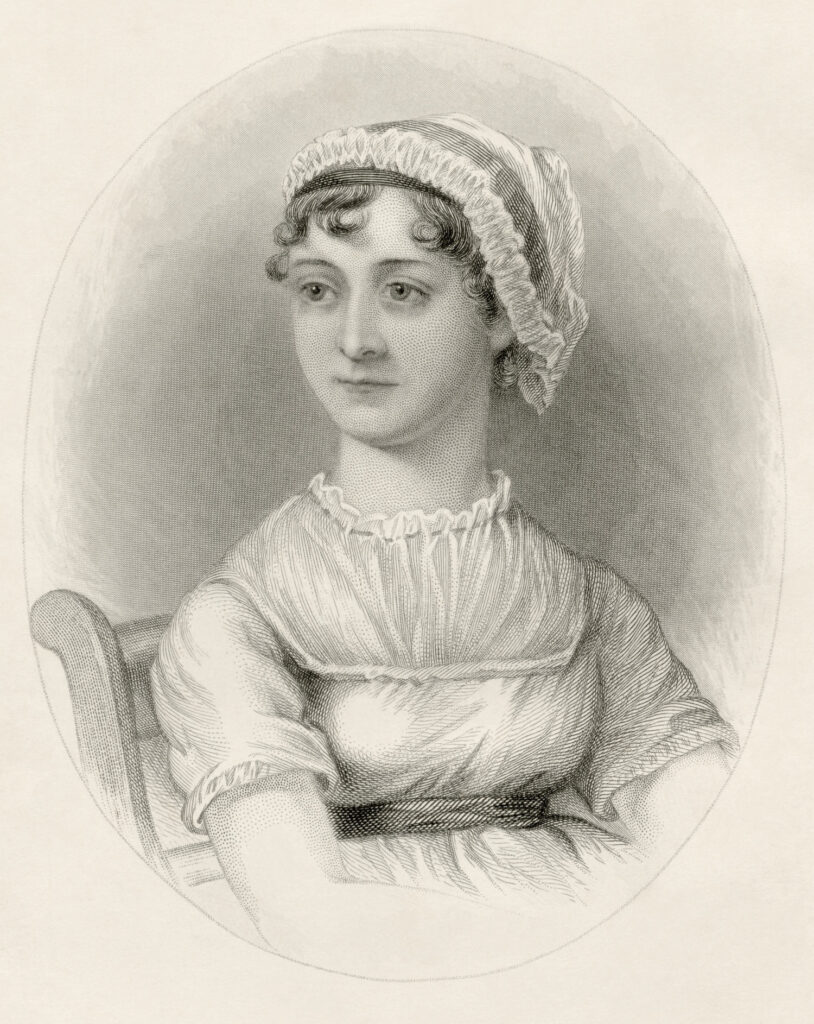
23. There is a biography written by her nephew
In 1869, her nephew James Edward Austen-Leigh published A Memoir of Jane Austen. This intimate biography offered insights into her daily life and creative spirit, helping cement her reputation as a literary icon
24. Her legacy sparked Jane Austen-inspired tourism
Fans flock to Bath, where she once lived, and Chawton, where she wrote much of her work. In fact, the Jane Austen Centre in Bath is one of the most popular literary attractions in Britain.
25. She is one of Britain’s most timeless literary icons
Over 200 years after her death, Austen remains one of Britain’s most iconic authors. Statues, museums, and annual festivals celebrate her influence, while her novels remain staples on school reading lists and collectors’ bookshelves alike.
Explore Jane Austen’s England
These Jane Austen facts reveal a woman ahead of her time. An observer of society who wrote with wit, irony, and empathy. From her beginnings in Steventon to her final resting place in Winchester, she remains an enduring part of Britain’s literary heritage. Ready to immerse yourself in the landscapes and stately homes that inspired Austen’s novels? Join one of our curated tours to walk in her footsteps. Take one of our tours of England to experience the world she knew so well, and you’ll understand why Austen’s legacy continues to captivate readers across the globe.
LIKED THIS POST? SHARE WITH YOUR COMMUNITY
